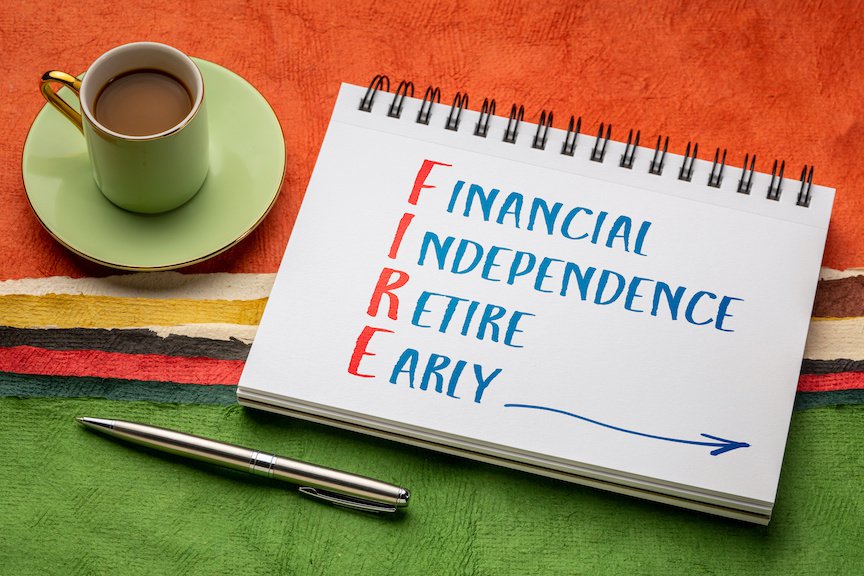On This Independence Day, Let’s Talk Financial Independence at an Early Age
3 min read
This month, as we celebrate the 248th anniversary of our country’s independence from the king of England, I felt it might be helpful to discuss the concept of financial independence.
FIRE — Financial Independence, Retiring Early — is a new buzzword in the financial planning industry, especially among high earning people who work in technology. My friend, who has a financial planning firm in Seattle, says that many clients under the age of 40 come to him talking about FIRE.
I personally like the phrase financial independence instead of retirement.
The word retirement implies not working and just living a life of leisure. Nothing is wrong with that, but I’ve seen several friends and clients retire to a life of leisure with the unexpected consequence of aging more quickly and dying sooner.
We humans do better when we are active in mind and body and are serving a purpose to others.
This is why I prefer to talk of financial independence. Financial independence means having the source of your needed income not dependent upon your daily work.
To become financially independent depends primarily on an individual’s preference for a particular lifestyle. When asked how much a person needs to “retire” or be financially independent, I reply that it is different for each person.
A person or couple who live an expensive lifestyle are most likely not willing to live a lesser lifestyle. So, it will take more money than another person who lives more modestly.
The formula to figure how much you need should start with how much a month you would need to pay for your living expenses and discretionary spending. Once this number is known, subtract any fixed or guaranteed income a person has and then take the balance and divide by 4%-6%.
For example: A person who lives on $10,000 per month and can expect $3,000 from a fixed income (like Social Security, royalty income, pension, annuity, rentals, or some other form of regular monthly income) needs $7,000 per month, multiplied by 12 is $84,000 per year. Take the $84,000 and divide by 5% and it will take $1,680,000 to provide the full $10,000. Using a more aggressive withdrawal rate of 6% would lower the amount needed to $1,400,000 and a more conservative 4% withdrawal rate would need $2,100,000. So, you see the range needed to be financially independent in this example is $1.4 to $2.1 million.
If Social Security and pension income is a requirement for an individual to become financially independent, then a person will have to work till they are old enough to qualify for those benefits. People who don’t need or want to rely on Social Security will have to accumulate more money and may then declare independence sooner.
Just as our forefathers, after declaring independence from the crown, replaced that form of government with another, so should an individual replace the occupation they did before independence with a new occupation.
The new occupation doesn’t have to be a compensated job, but it should be a job which the individual is passionate about. Maybe working with a child in their business, starting a new business of your own, volunteering in organizations, creating a charitable foundation and gifting through it. There are virtually unlimited occupations after independence that can be pursued.
Also, after declaring independence, increase leisure activities and enjoy life. Strive for that work-life balance that was needed before independence, but now it should be easier to obtain because your new occupation is more controlled by you.
Finding and declaring financial independence is something that is easy to talk and write about but more complicated to do, especially alone. A Certified Financial Professional with the CFP® marks can help greatly in identifying what financial independence looks like for you and help you design and implement a plan to get there.
Wes Shannon CFP® is a Certified Financial Planning Professional for Brazos Wealth Advisors in Fort Worth.



